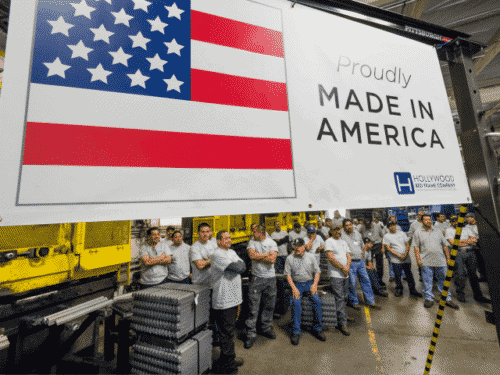
Pundits are attributing this ‘revival’ of US manufacturing to three main reasons:
- Because of the sophistication of the fracking process, the US is now the largest producer of oil and natural gas in the world, trumping Saudi Arabia to claim the elusive title. The implications of this feat are profound leading to a significant drop in transportation as well as electric costs within the country.
- Because of the innovations in the field of robotics, the rote work of wrench turning has now been delegated to industrial robots and other precision instruments. The main issue with labor in the US was availability of reliable and competent blue collar workers for the minimum wage rate. Thanks to the automation of certain processes, human ingenuity and logic can be better rewarded with higher paying jobs of supervisors and managers.
- United States can now boast very low cost of raw materials leading to a dip in overall manufacturing investment as well.
The US manufacturing sector alone is the 8th largest economy in the world, and this trend is likely to sustain in 2015 and even beyond.
The main focus of the coming years is going to be the Re-shoring vs. Offshoring battle. The global labor pool has become more aware of its rights, and the cry of improved wages is resonating from all corners of the world. Pay has risen by a significant 10% in China and were likely to spread to other countries as well.
Most probably the industries which are not labor intensive and suffer from the often prohibitive costs of long transportation routes (like chemicals and metals) will move back to home soil in order to take advantage of the boom in oil production and the easily available rich reserves of raw materials.
Ventures with high foreign demand and the pressing need for a lot of affordable labor to keep production running will continue to go the offshore way, especially if the manufacturing skill gap is not remedied.
The future of US Manufacturing is bright! But only time can shed light on the dominant trends which will re-shape the sector for the coming decades.













